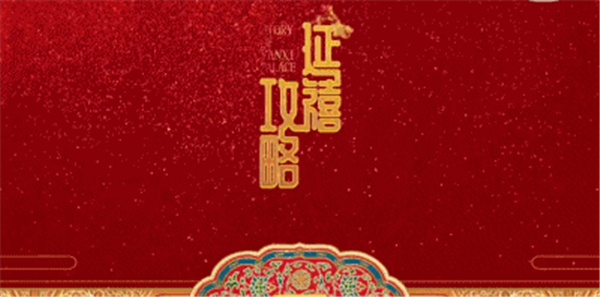
When it comes to the hottest TV series this summer, many people blurt out "Yanxi Gonglue" ("Story of Yanxi Palace"). Except for the spunky heroine and the on-screen couple of Emperor Qianlong and the empress, audiences have been impressed by the delicate sets which are classically simple, elegant and full of Chinese elements. Any screenshot is like a breathtakingly beautiful Chinese ink painting.
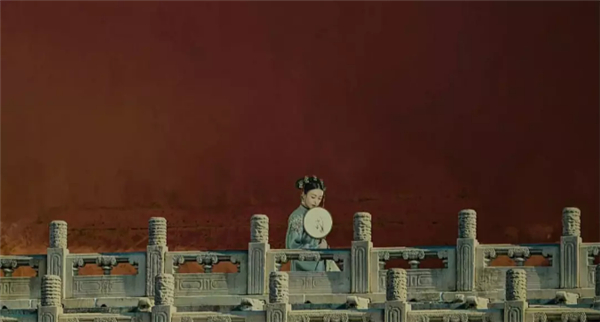

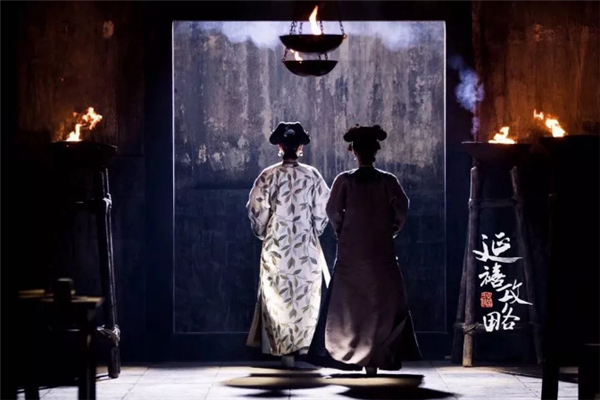
But the most impressive aspect is the details presented in the drama, among which are many intangible cultural heritages, bringing Chinese aesthetics into full play. Check it out!
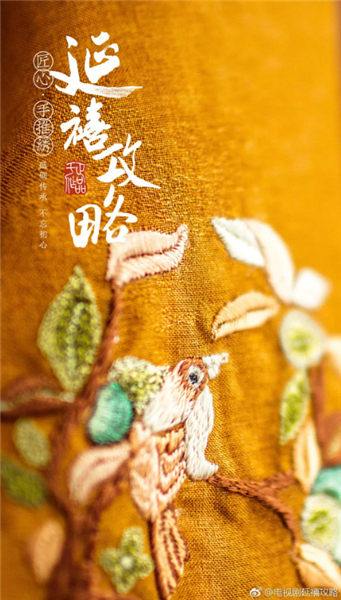
Embroidery
Costumes of the Qing Dynasty are indispensible in the drama, which tells a story during the reign of Emperor Qianlong (1735–1796). Costumes are the most direct way for the viewer to get as close to the history as possible. Quite apart from the exquisite clothes of the nobility in the story, the costumes of the palace maids are crafted by experienced craftsmen with a variety of embroidery techniques, ranging from Beijing and court embroidery to Miao and Su embroidery. For instance, Beijing embroidery, originally made for the imperial household, is noted for rigid standards of counted stitches, symbolic patterns, and second-to-none craftsmanship. Works of Beijing embroidery incorporate deep connotations, so the patterns are symbolic and have auspicious meanings.
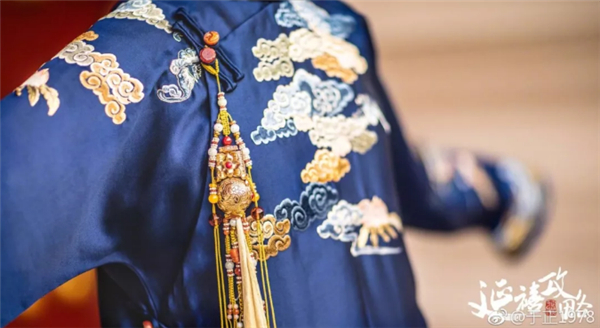
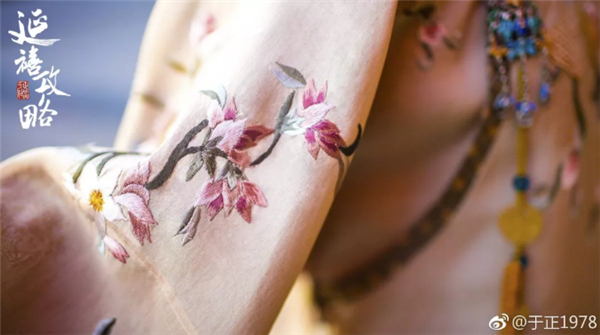
Kesi
Kesi, a style of Chinese silk tapestry, boasts a history of over 2,000 years. There's even a saying that one inch of kesi silk equals one ounce of gold. To fully represent the wonder of the art, the director of "Story of Yanxi Palace" even invited Gu Jiandong, an inheritor of the Suzhou kesi weaving technique, to be an art advisor. In 2006, Suzhou kesi weaving was enshrined on the list of China's intangible cultural heritages. Then, in 2009, kesi joined UNESCO’s list of intangible cultural heritages. In the "Story of Yanxi Palace," the weaving machines are authentic, furthering the illusion of being immersed in ancient times. What's more, the kesi fans used by the concubines are imitations of antiques.
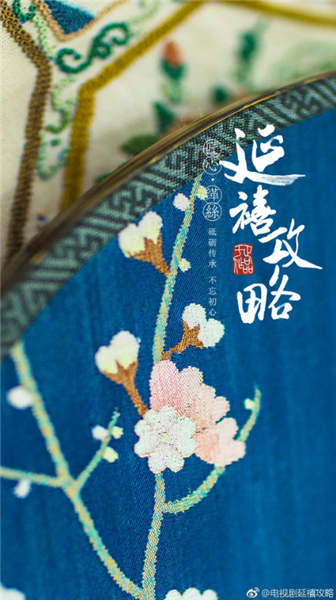
Ronghua
Ronghua, or velvet flower, is homophonic of wealth and glory, and used to be a popular decoration in ancient China. In the "Story of Yanxi Palace," the empress advocates that concubines in the palace should wear velvet flowers instead of fancy jade and pearls. Nanjing, the capital of Jiangsu Province, is famous for velvet flower making. Since it is highly skill-demanding, the technique of making velvet flowers was listed as an intangible cultural heritage of Jiangsu Province. In the TV drama, ronghua headpieces are handmade by Zhao Shuxian, an inheritor of the technique, after real antiques collected by China's Palace Museum.

Kunqu Opera
In the TV drama, the emperor is impressed by "The Drunken Concubine"(a famous Kunqu Opera) sang by Concubine Gao, who is played by Chinese actress Tan Zhuo. Though she had never trained in opera before, Tan Zhuo managed to learn Kunqu opera, rather than use a stand-in. The melodious piece also leaves a deep impression on the viewers. Originated 600 years ago in the lower reaches of the Yangtze River, Kunqu Opera was popular among literati and scholars. It was during the reign of Emperor Qianlong that Kunqu Opera entered its heyday and dominated Chinese theatre. After being included on the list of China's intangible cultural heritages in 2006, the ancient form of Chinese opera has been reemerging and more people are taking action to protect it.

Molten Iron fireworks
It's the first time that molten iron fireworks have appeared in a TV drama. Most of the performers are aged over 50. They were very keen to participate in the making of the scene, so as to present the traditional fireworks show to a wide TV audience. The unique fireworks display is a 500-year-old tradition which comes from central China's Hebei Province. Blacksmiths melt iron down until it is fire red, reaching a temperature of over 1,600 degrees, then take ladles of the molten substance and throw it against brick walls, creating a shower of sparks that looks like fireworks.
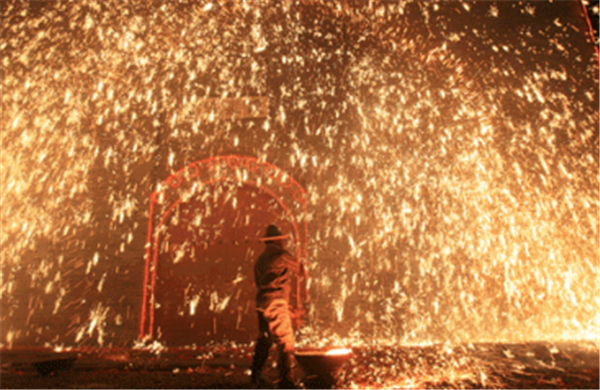

It seems that Yu Zheng, producer of the TV drama, has made strenuous efforts to make a graceful costume drama centered on the Qing dynasty. As Yu puts it, "I hope that there will be a drama dedicated to Chinese traditional culture, so that the viewers can really feel the greatness and aesthetics of China's intangible cultural heritages and, furthermore, pass down the nation's fine traditional culture." This time, "Story of Yanxi Palace" has made his ideal come true.
